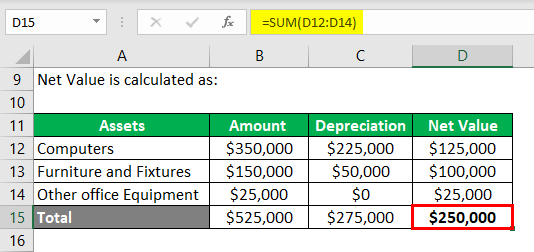If you’ve written a check to a vendor and accrued income reduced your account balance in your internal systems accordingly, your bank might show a higher balance until the check hits your account. Similarly, if you were expecting an electronic payment in one month, but it didn’t actually clear until a day before or after the end of the month, this could cause a discrepancy. For example, real estate investment company ABC purchases approximately five buildings per fiscal year based on previous activity levels.
For a small business or an account with very few transactions, reconciliation may not be a challenge. But for high-volume accounts — like cash in a busy organization— you may be looking at thousands of transactions. Doing that work manually is tedious and time-consuming to say the least, and it’s easy to make mistakes. Adding to the challenge, some transactions may be split on one side but not the other. Accounts receivable, accounts payable, inventory, and fixed assets may be tracked in separate subledgers or schedules. Some systems record all transactions involving cash in a ledger called a cashbook.
What is Integrated Payables & Why it’s Important for Your Business
If there are any differences between the accounts and the amounts, these differences need to be explained. Reconciling your bank statements stakeholder definition allows you to identify problems before they get out of hand. Because the individual is fastidious about keeping receipts, they call the credit card to dispute the amounts.
Reconciling law firm trust bank accounts regularly via three-way reconciliation allows you to uphold your duty to keep proper, accurate accounting records for client funds held in trust, while also ensuring you stay compliant. This reconciliation process allows you to confirm that the records being compared are complete, accurate, and consistent. Reconciliation must be performed on a regular and continuous basis on all balance sheet accounts as a way of ensuring the integrity of financial records.
- For lawyers, this process helps to ensure accuracy, consistency, transparency, and compliance.
- It involves calling up the account detail in the statements and reviewing the appropriateness of each transaction.
- This reconciliation process allows you to confirm that the records being compared are complete, accurate, and consistent.
- Whether you’re a small business owner working with multiple sub-ledgers or a multi-million dollar business using an ERP system, reconciling your accounts will always be necessary.
- After scrutinizing the account, the accountant detects an accounting error that omitted a zero when recording entries.
- No matter what you’re reconciling, it will involve comparing two sets of records to determine accuracy.
It not only allows you to protect your clients’ funds, but your firm too as a result. Finally, without adequate account reconciliation processes in place, both internal and external financial statements will likely be inaccurate. By incorporating these best practices, your organization can establish a more robust and reliable account reconciliation process, minimizing errors and ensuring the precision of financial records. Finance teams achieve this by reconciling accounts directly, and updating cash flow statements with detailed transaction information.
For example, a company maintains a record of all the receipts for purchases made to make sure that the money incurred is going to the right avenues. When conducting a reconciliation at the end of the month, the accountant noticed that the company was charged ten times for a transaction that understanding drivers was not in the cash book. The accountant contacted the bank to get information on the mysterious transaction. A business that processes a few transactions a month may be able to reconcile its accounts monthly, while a larger business with hundreds of transactions daily may need to reconcile its accounts more frequently. Invoice reconciliation is a great resource for weeding out errors or fraudulent activity, and also helps guard against duplicate payments.
Direct and Indirect Cash Flow
And while most financial institutions do not hold you responsible for fraudulent activity on your account, you may never know about that fraudulent activity if you don’t reconcile those accounts. Peakflo’s Accounts Receivable and Accounts Payable automation accelerates account reconciliation by streamlining manual repetitive processes and providing a centralized repository for all financial data. To learn more about how Clio can help law firms to easily manage trust accounting and three-way reconciliation, while staying compliant, read our guide here. How often should you conduct the three-way reconciliation accounting process?
Why accounting reconciliation matters in business
Accurate information reduces the risk of missing deposits or accidentally overdrawing accounts, allowing for better budgeting.
The document review method involves reviewing existing transactions or documents to make sure that the amount recorded is the amount that was actually spent. Before we get into the account reconciliation process, let’s back up and think about the who, what, and when of the reconciliation workflow. Let’s say you’ve been drooling over the latest model widget polisher for your business.






Leave A Comment
You must be logged in to post a comment.